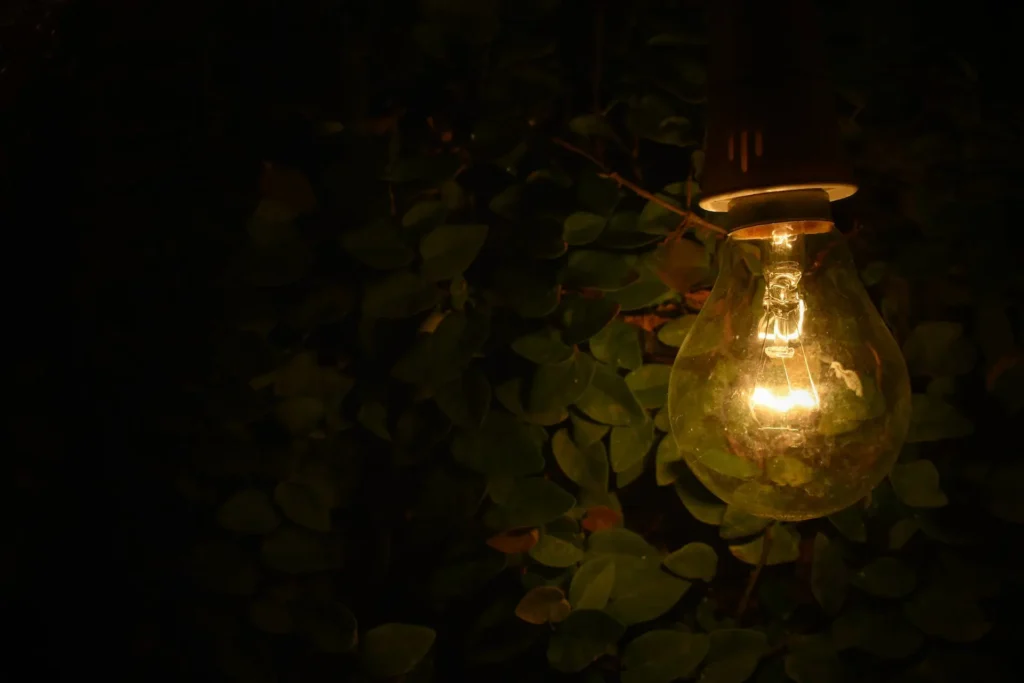Guiding Lights: The Comprehensive Impact of Turtle-Friendly Lighting on Coastal Conservation


In the intricate tapestry of coastal ecosystems, sea turtles stand as sentinel species, emblematic of the delicate balance between human development and natural preservation. The introduction of artificial lighting along coastlines, while providing visibility and safety for humans, has inadvertently posed a significant threat to the survival of these ancient mariners. This article delves into the multifaceted dimensions of turtle-friendly lighting, exploring its ecological, economic, and technological implications, and how it serves as a beacon for sustainable coastal conservation efforts worldwide.
Contents
- The Ecological Imperative: Understanding the Impact of Artificial Lighting on Sea Turtles
- The Emergence of Turtle-Friendly Lights: Designing Solutions for Conservation
- A Spectrum of Solutions: Types of Turtle-Friendly Lighting Technologies
- Comprehensive Regulations: Legislating Conservation Practices
- Economic Incentives and Benefits: Sustaining Coastal Communities Through Conservation
- Community Engagement: Fostering a Culture of Conservation
- Technological Advancements: Pushing the Boundaries of Conservation Innovation
- Global Collaboration: Sharing Best Practices for Coastal Conservation
- Public and Private Partnerships: A Synergistic Approach to Conservation
- The Ongoing Journey: Challenges, Adaptations, and Future Horizons
The Ecological Imperative: Understanding the Impact of Artificial Lighting on Sea Turtles
Sea turtles, species that have navigated Earth’s oceans for millions of years, rely on a delicate interplay of natural cues during their life cycle. Artificial lighting, especially along nesting beaches, disrupts these cues and poses severe threats to sea turtle populations. Hatchlings, in particular, are vulnerable to disorientation as they instinctively follow the glow of artificial lights, often leading them away from the safety of the ocean.
The Emergence of Turtle-Friendly Lights: Designing Solutions for Conservation
Turtle-friendly lights, characterized by longer wavelengths such as amber or red, have emerged as a groundbreaking solution to mitigate the adverse effects of artificial lighting on sea turtles. These lights are carefully designed to minimize disturbance during nesting and hatching periods, providing a harmonious balance between human needs and the conservation of these iconic marine species.
A Spectrum of Solutions: Types of Turtle-Friendly Lighting Technologies
The technological landscape of turtle-friendly lighting has evolved to encompass a diverse array of solutions. Coastal communities and lighting manufacturers have collaborated to develop innovative technologies, including shielded fixtures, motion sensor systems, and low-intensity LED lights, all aimed at reducing light pollution while ensuring the safety and guidance of sea turtles.
Comprehensive Regulations: Legislating Conservation Practices
Recognizing the urgency of the issue, governments and conservation organizations have played a pivotal role in implementing regulations to govern lighting practices in coastal regions. In the United States, for example, coastal states have adopted specific ordinances aimed at promoting turtle-friendly lighting during nesting seasons. These regulations serve as a legal framework to encourage responsible lighting practices among homeowners, businesses, and municipalities.
Economic Incentives and Benefits: Sustaining Coastal Communities Through Conservation
The economic benefits of turtle-friendly lighting extend beyond the conservation realm. Coastal regions with thriving sea turtle populations attract ecotourism, drawing visitors to witness nesting and hatching events. By adopting turtle-friendly lighting, communities not only contribute to the preservation of these species but also stimulate local economies through tourism, hospitality, and related industries.
Community Engagement: Fostering a Culture of Conservation
Central to the success of turtle-friendly lighting initiatives is the active participation of coastal communities. Public awareness campaigns, educational programs, and citizen science initiatives empower individuals to make informed choices regarding their lighting practices. Community engagement fosters a culture of conservation, transforming residents and businesses into advocates for the protection of sea turtles.
Technological Advancements: Pushing the Boundaries of Conservation Innovation
As technology continues to advance, so does the potential for innovation in turtle-friendly lighting. Research and development efforts are underway to explore new materials, sensor technologies, and smart lighting systems that can further reduce the impact of artificial lighting on sea turtles. These advancements hold the promise of continually refining and enhancing conservation efforts in the future.
Global Collaboration: Sharing Best Practices for Coastal Conservation
The challenge of mitigating the impact of artificial lighting on sea turtles extends far beyond the shores of any single region. Global collaboration is essential for sharing best practices, lessons learned, and technological innovations. International organizations, research institutions, and conservation groups work together to establish a united front against the threats posed by light pollution on a global scale.
Public and Private Partnerships: A Synergistic Approach to Conservation
Public and private sectors are increasingly joining forces in the pursuit of turtle-friendly lighting solutions. From government agencies and non-profit organizations to lighting manufacturers and coastal businesses, collaborative partnerships are creating a synergistic approach to coastal conservation. These alliances leverage the strengths of each sector to implement comprehensive and effective conservation strategies.
The Ongoing Journey: Challenges, Adaptations, and Future Horizons
While significant strides have been made in the realm of turtle-friendly lighting, challenges persist. Continuous monitoring, research, and adaptation are necessary to address emerging issues and refine conservation strategies. The future holds the promise of even more sophisticated technologies, enhanced regulations, and a deepening commitment to preserving sea turtles and the ecosystems they inhabit.
Conclusion:
Turtle-friendly lighting stands as a testament to the power of human ingenuity and collaboration in addressing the complex challenges of coastal conservation. From technological innovations to legislative initiatives and community-driven efforts, the comprehensive approach to mitigating the impact of artificial lighting on sea turtles provides a blueprint for sustainable development along coastlines worldwide. As we navigate the delicate intersection between progress and preservation, the adoption of turtle-friendly lighting emerges not only as a practical solution but as a symbol of our collective responsibility to safeguard the wonders of our oceans for generations to come.
Also Read: Seasonal Highlights: Top Manning Cartell Trends for the Upcoming Year





